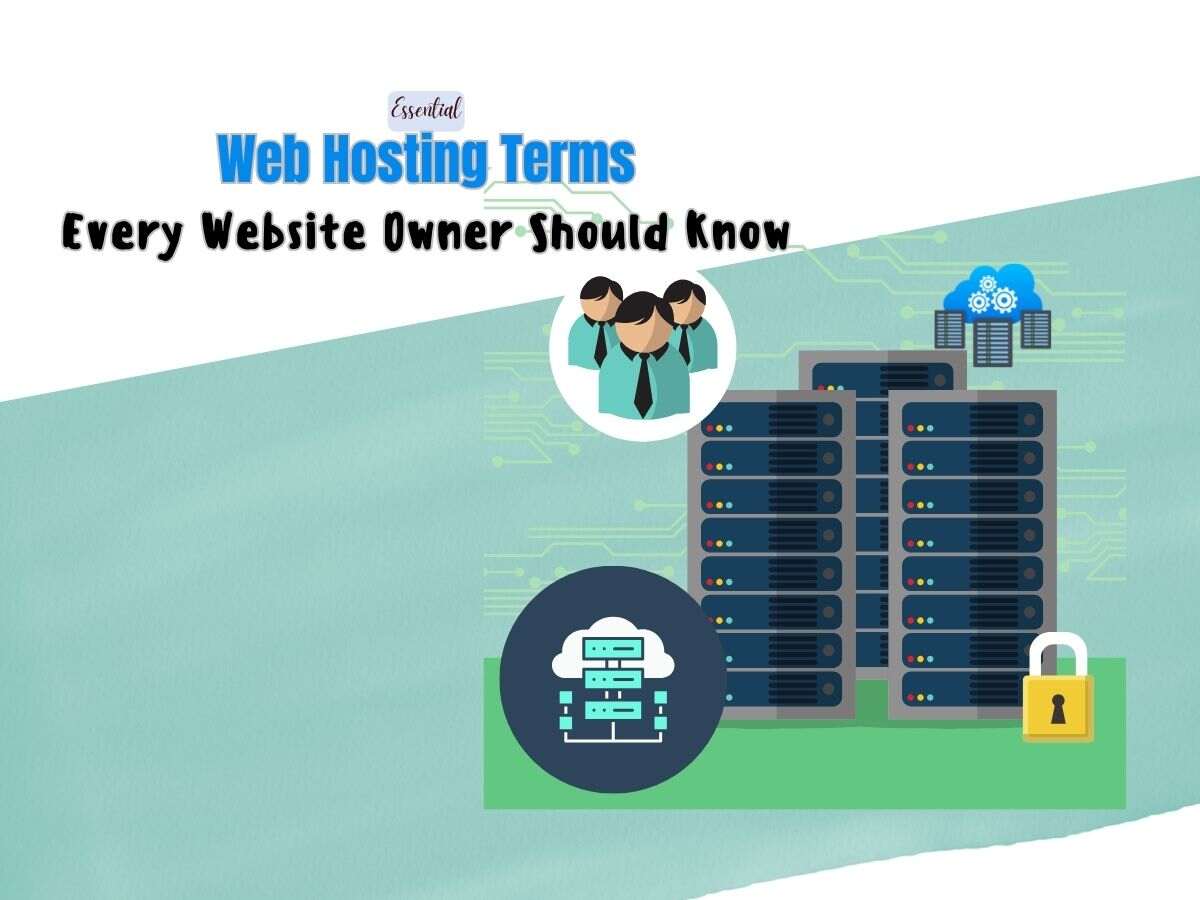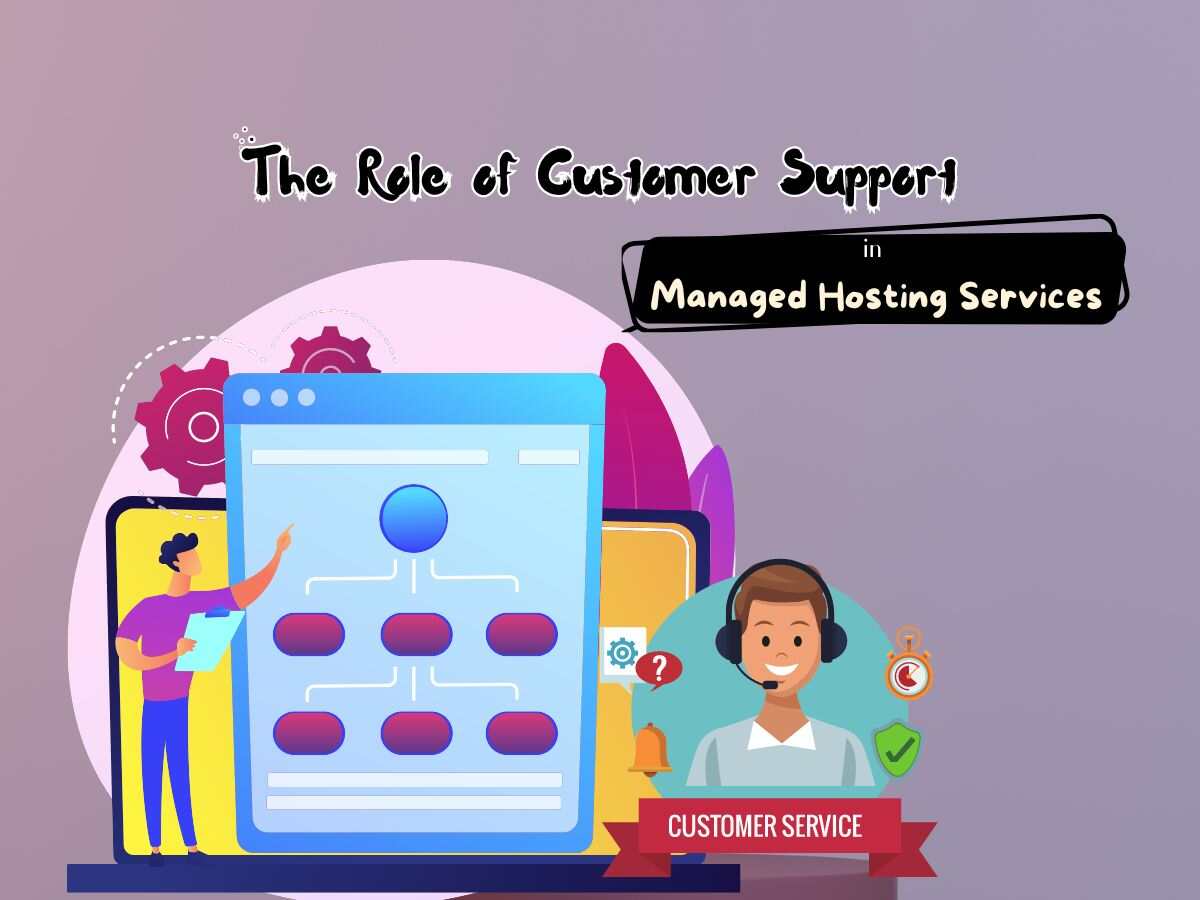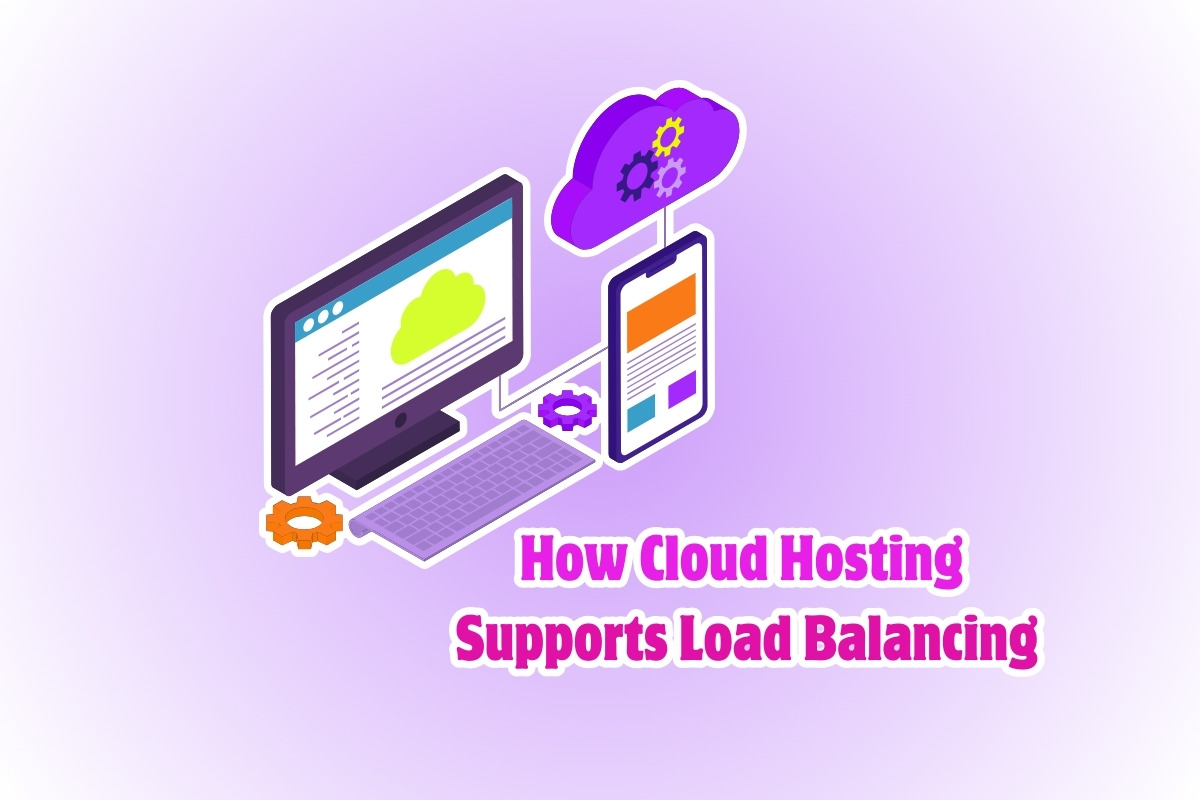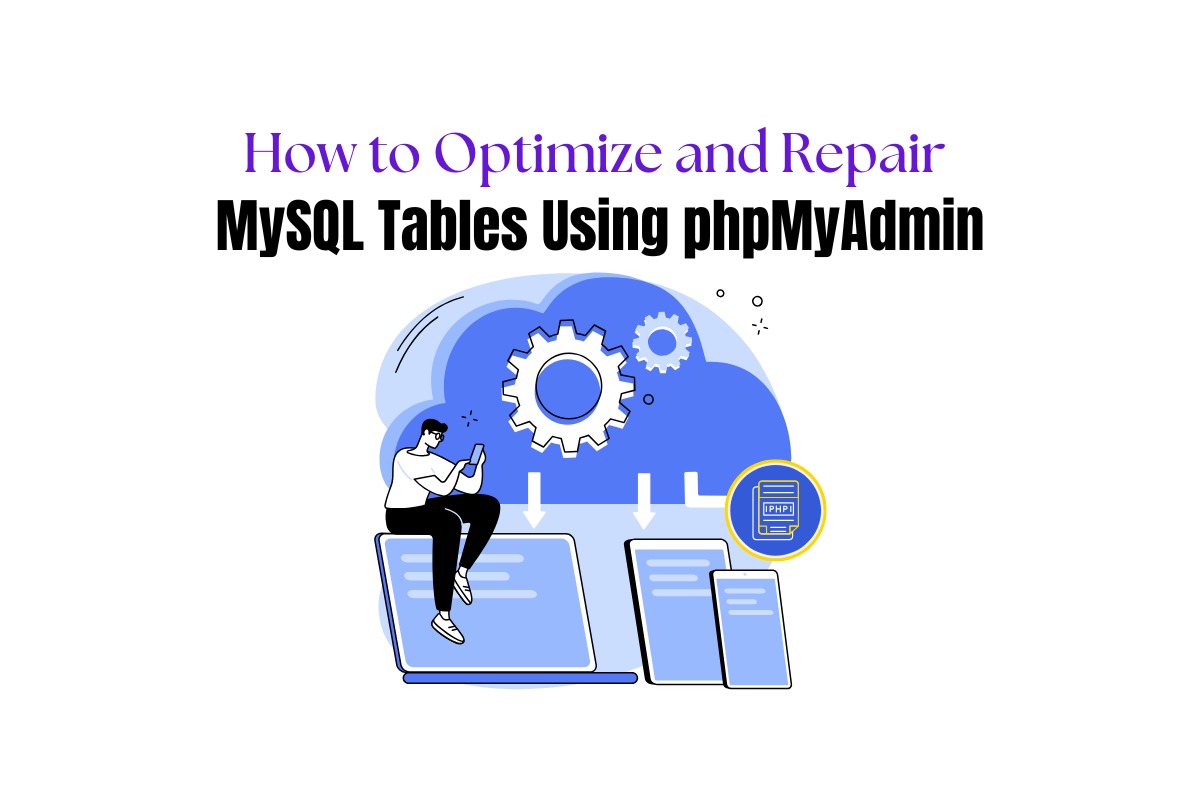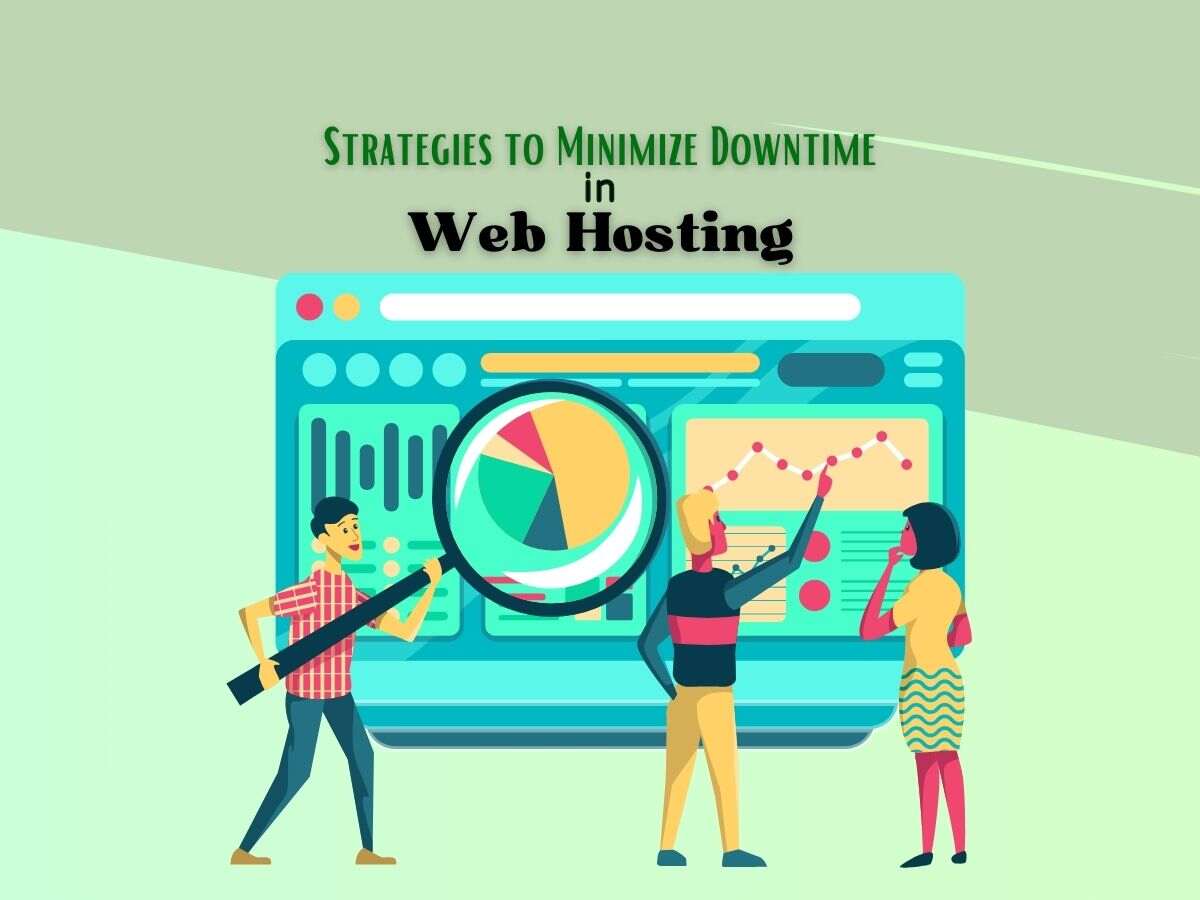
Strategies to Minimize Downtime in Web Hosting.
Every minute your website is down, you could be losing potential customers, crucial leads, and your competitive positioning. Continuous accessibility is, therefore, paramount to maintaining your online reputation and meeting your business objectives. But how can you keep downtime to the absolute minimum? Here are some key strategies to minimize downtime in web hosting and keep your site accessible and efficient.
Choose a Reliable Web Host
Your web host plays a significant role in your site’s availability. Opt for a hosting provider that guarantees high uptime, usually 99.9% or above, an indication of their commitment to keeping your website online. Remember to verify their uptime claims through independent global performance reviews or monitor your site’s uptime using readily available online tools.
Regular Site Maintenance
Regular maintenance helps prevent potential malfunctions that may cause downtime. This involves updating your website‘s software, including its platform, themes, plugins, and scripts. Outdated software can cause compatibility issues or even create security vulnerabilities that can lead to downtime.
Implement a Backup Strategy
An effective backup strategy is essential for prompt recovery in the event of an accident or cyber attack. Regularly back up your site to an offsite location and ensure you know how to restore it. Keeping a recent backup could significantly reduce your outage duration if something goes wrong.
Use a Content Delivery Network (CDN)
A CDN can help reduce the chances of your site going down by storing your website’s static content on various servers worldwide. When a visitor accesses your site, they connect to the closest server, speeding up page load times and reducing the load on your primary hosting server. This not only increases site performance but also improves uptime by serving your website from another location if your primary server goes down.
Opt for a Scalable Hosting Plan
Traffic spikes can crash your site, causing downtime. A hosting plan that allows for scalability (like VPS or cloud hosting) can handle unexpected traffic surges. With a scalable hosting solution, you can quickly adjust resources to meet increased demand.
Monitor Your Site
Use website monitoring services to detect downtime or performance issues as they occur. These services alert you when your site is down, enabling you to address the problem promptly and reduce the duration of the outage.
Have a Downtime Response Plan
Even with precautions in place, outages can happen. Having a plan helps you react swiftly and efficiently. This should include who needs to be notified, how to communicate the issue to customers, and steps to identify and resolve the problem. A well-executed response plan can help minimize the impact of the outage on your business.
Conclusion of Downtime in Web Hosting
While it’s almost impossible to achieve 100% uptime, employing these strategies can effectively minimize potential website downtime. The more proactive you are in maintaining site performance and availability, the better the experience for your users – leading to improved reputation, customer satisfaction, and bottom line for your business.

